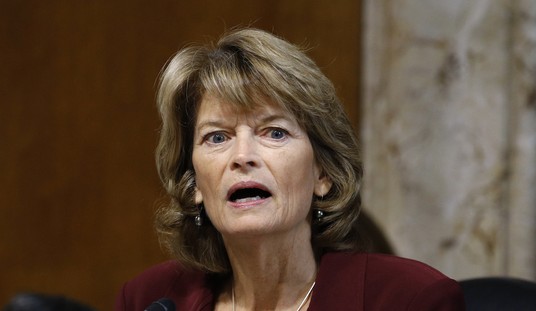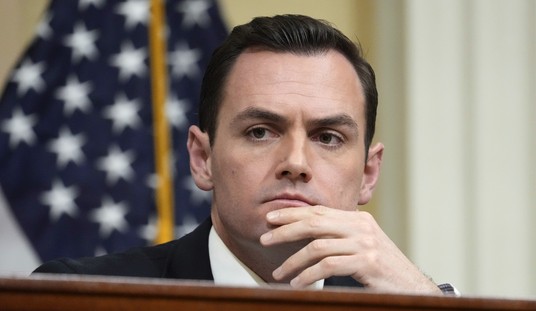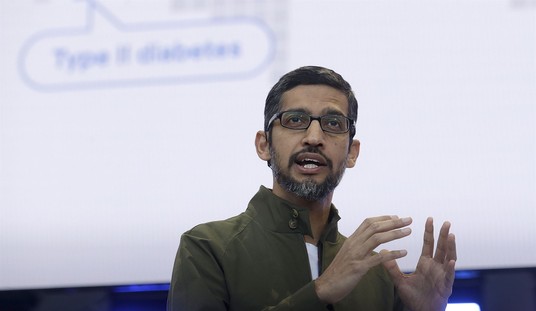A little thing like a pandemic isn’t going to keep the liberal municipal governments of many cities from continuing to prosecute their war on the gig economy, and that’s clearly true in Seattle. Despite having plenty of more pressing issues to address, with all of the rioting and looting going on, the City Council voted unanimously this week to enforce a new “pay formula” for drivers of ride-sharing companies to ensure that they receive the $16.39 per hour pay rate as regular full-time workers in the city. And the “formula” they’ve cooked up to do this is nothing but a hot mess. As usual, the measure had the financial and vocal support of labor unions who have long been fighting to keep these gig economy jobs out of reach in support of traditional taxi companies and their unions. (Seattle Times)
The Seattle City Council on Tuesday unanimously backed a new pay formula for Uber and Lyft drivers meant to ensure they make the same $16.39 per hour minimum wage as other workers in the city.
The new rules require ride-hailing companies to pay drivers rates high enough to account for a wide range of expenses and for the time drivers spend waiting for rides and heading on their way to pick up passengers, not just the time when a passenger is in the car.
As the gig economy surged in recent years, Seattle battled ride-hailing companies Uber and Lyft over pay and rights for their drivers, who are classified as independent contractors and work without basic guarantees like minimum wage. Drivers have split on City Hall proposals.
The aspects of the jobs that Uber and Lyft drivers hold that make them so unique are precisely what makes it so hard to define or legislate anything to do with their wages, but it’s precisely those attributes that Seattle is twisting around to enforce this mandate. For example, when is an Uber driver technically “working?” When they’re ferrying a rider from point A to point B they are obviously on the job. But what about when they’re sitting in their car and looking at the app on their phone and waiting for a ride request to come in? Are they working then? How about after they drop a passenger off and they’re driving back to where they normally hang out, even if it’s at their home?
Under Seattle’s new rules, all of that time would be considered “working hours.” But the customers who use the app don’t care how long a driver was waiting for a call or where they drive to after being dropped off at their destination. And they don’t pay for those hours, either. Further, the city insists that the drivers’ compensation must include money to cover a variety of costs. These include:
– $8,000 a year for vehicle costs including lease payments
– $2,000 a year for maintenance and repairs
– $1,600 a year in cellphone costs
– $3,800 a year for medical, dental and vision insurance
– 30 minutes each day for vehicle cleaning
– 10 minutes of rest for every four hours worked.
There are so many problems with these assumptions that it’s hard to know where to begin. First of all, the city wants to treat the driver’s car as if it’s a work vehicle for their own business. That’s not how Uber and Lyft operate. Drivers use their own vehicles to give people rides and they only work when they feel like it. It’s still their own personal car that they would otherwise be responsible for in terms of maintenance costs anyway. Similarly, they don’t need a special cellphone just to operate as a driver. It’s just an app that they install, just as customers install a user app on their own phones. The same goes for keeping their vehicles clean. It’s their car. They would have to do that anyway.
What Seattle will probably accomplish with this new rule is the same thing that happened in New York City when they implemented similar requirements for gig economy drivers. It will be the drivers who lose out on the work and their income. In the Big Apple, Uber stopped enrolling new drivers and restricted access to the app to peak hours unless drivers had completed a certain number of rides in the previous month. This shut out pretty much anyone who wasn’t driving full time, eliminating the benefits of part-time work for everyone looking to just make a little extra money to get by.
But the welfare of the drivers isn’t what’s of concern to Seattle to begin with. The unions hate the gig economy companies and they want them driven out of business. And those same unions finance the campaigns of most Democrats. You can do the math from there and you won’t even need to brush up on long division.








Join the conversation as a VIP Member